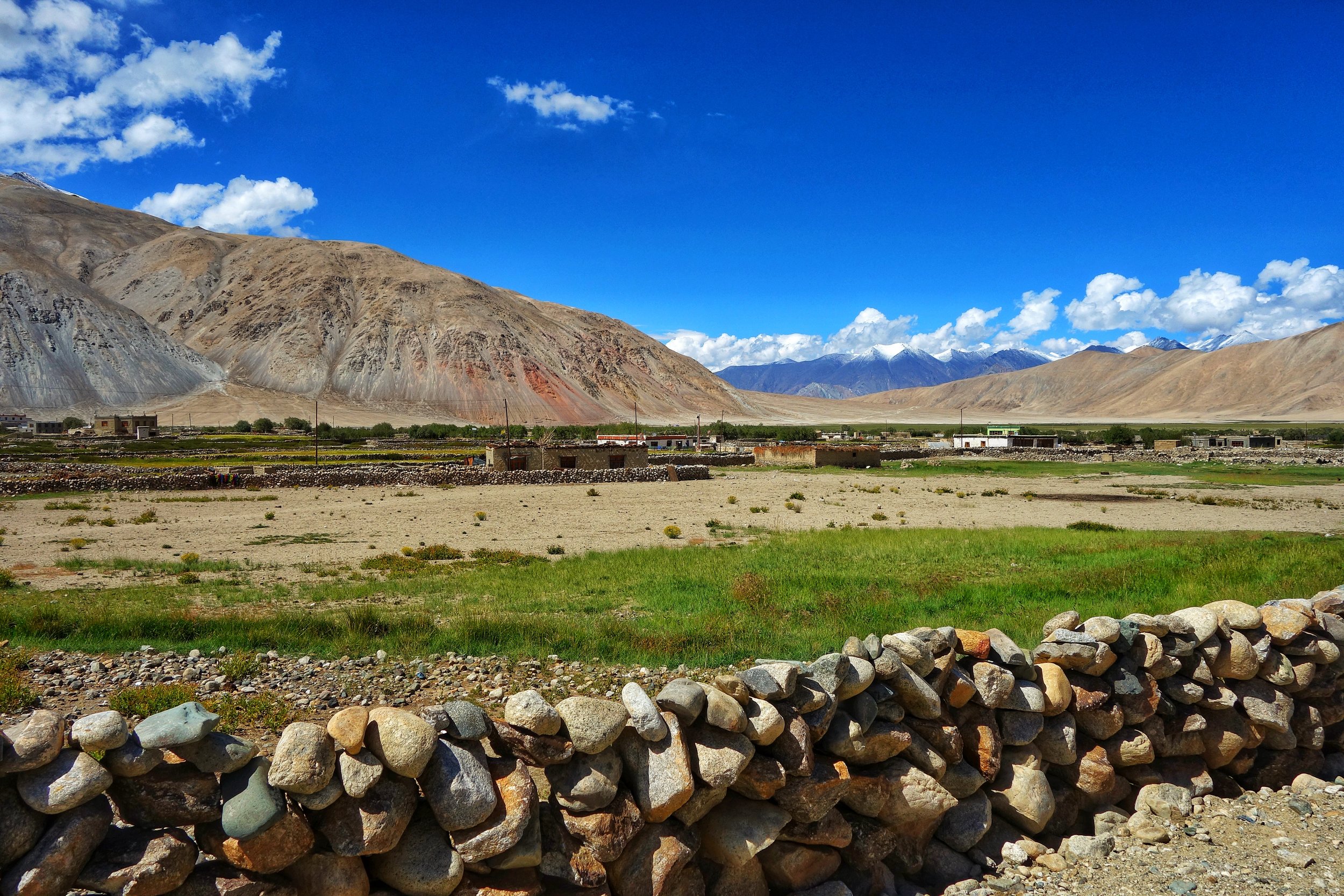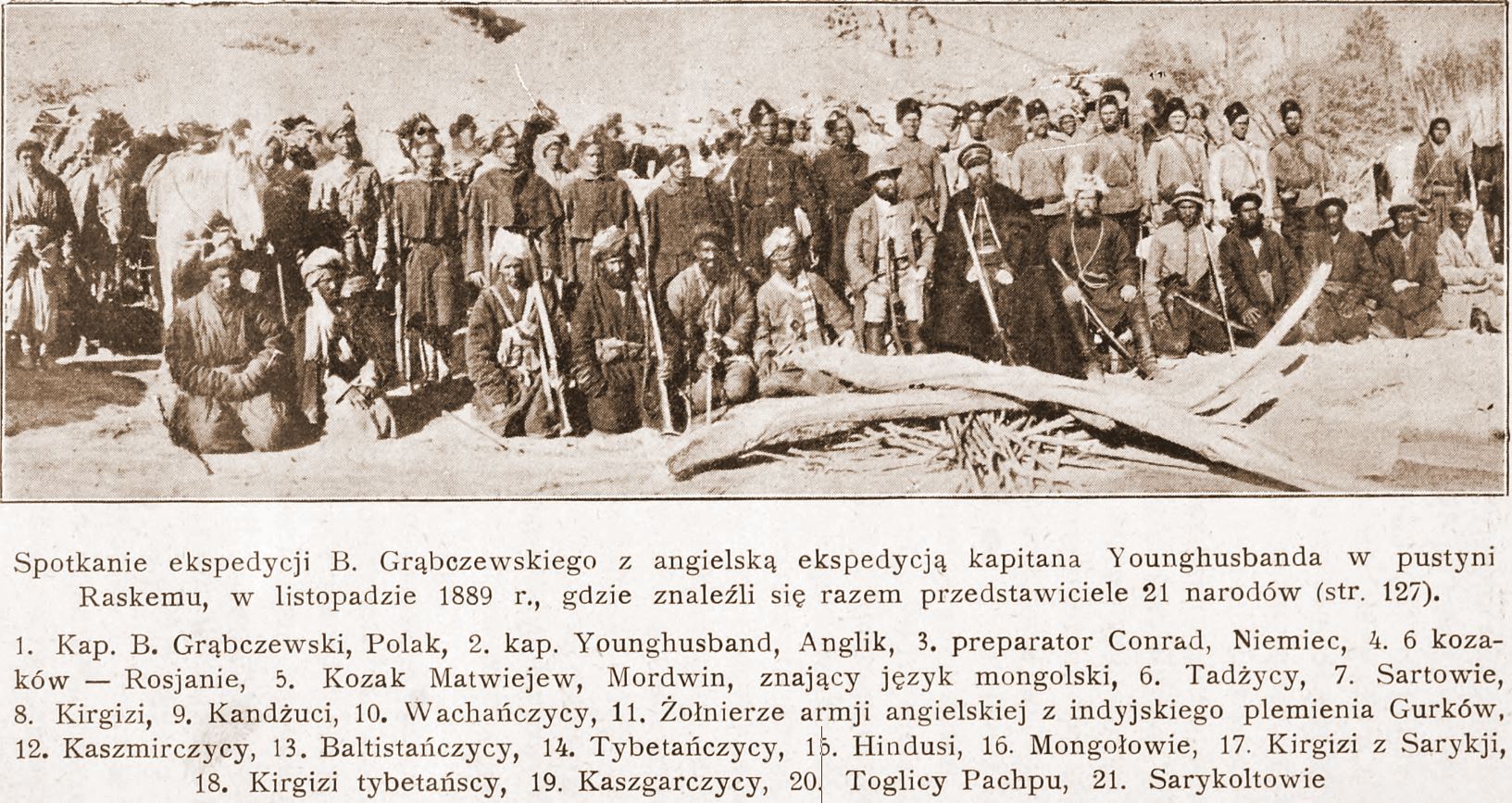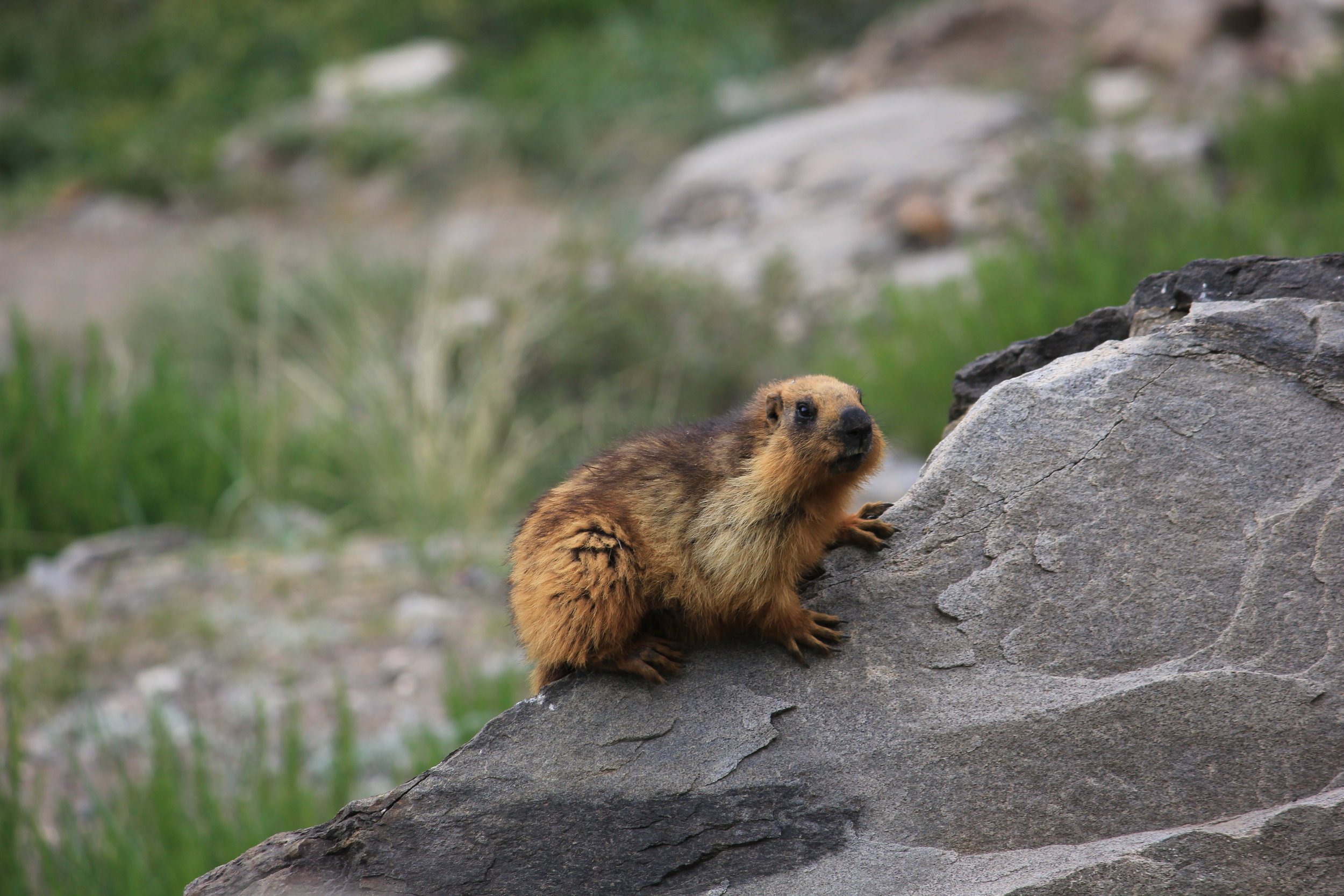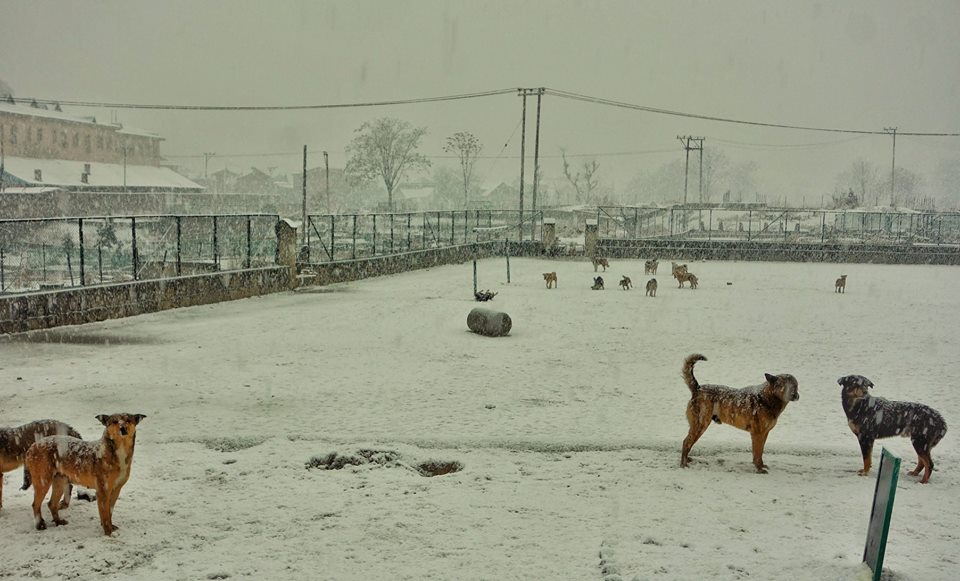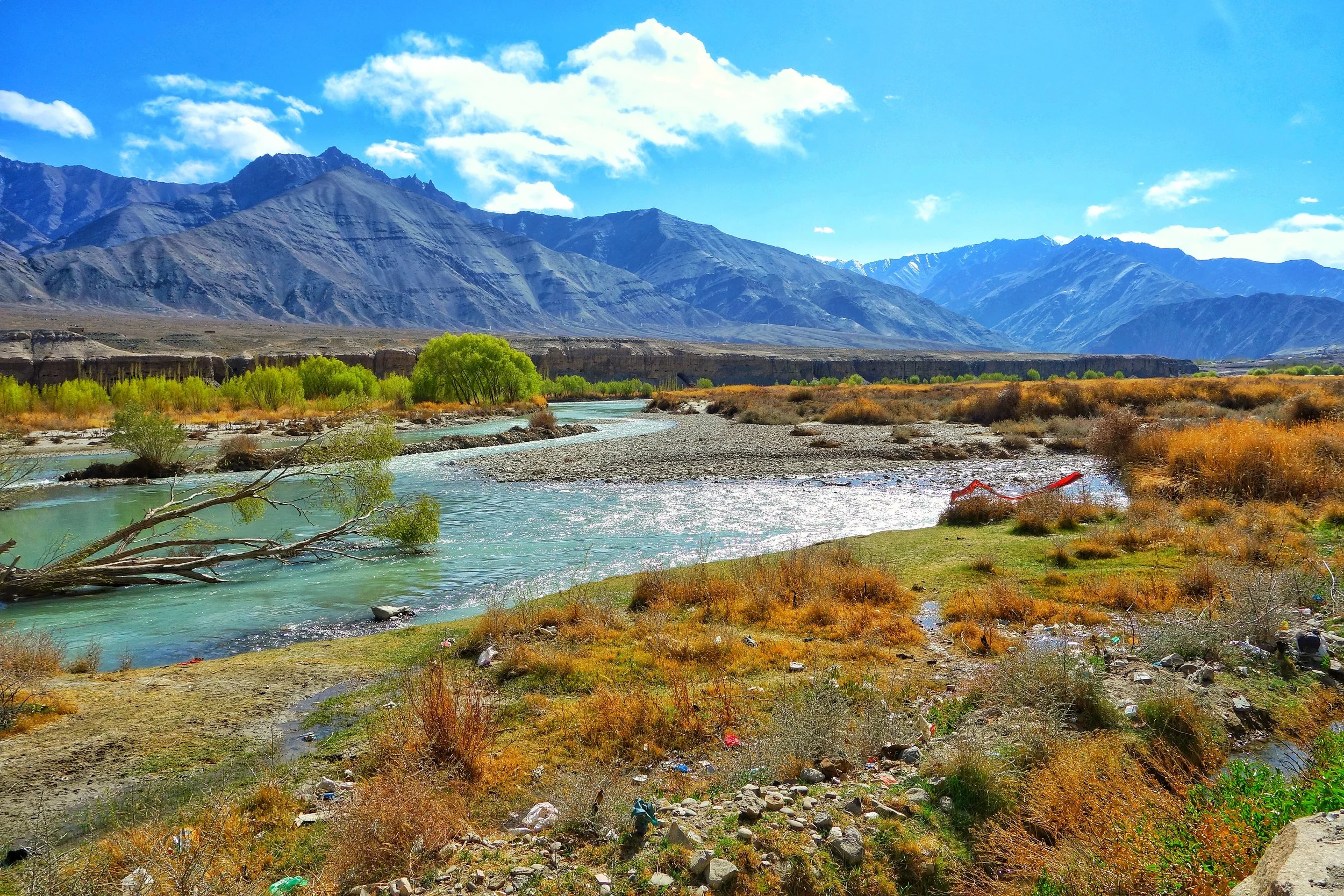The Collection of Antiquities and everyday use Items from Ladakh at the British Museum Collection.
Kashmir Musings I
Random musings from Journeys in my Homeland of Kashmir. In this one we talk about the exquisite Wooden Ceiling Patterns created by the Kashmiri art of Khatamband. We also talk about the regal Residency Building in Kashmir which was once housed the British resident in the State of Jammu and Kashmir and which now serves as a Government Arts Emporium.
Around the Hari Parbat Hill
The Fort of Hari Parbat or the Koh-E-Miraan dominates the skyline of old Srinagar. The Fort was built by the Afghan Durranis who ruled the region at one point of time and has stood witness to the vagaries of time in Kashmir. Many places of historical / religious lay dotted around the Hill.
Saddles of the Horse Empires
Central Asian Wooden Saddle.
The Horse and its Saddle were the main means of transport and one of the most important weapons in Warfare especially on the Central Asian steppes. No wonder the Empires built by the Nomads of Asian Steppes including the one built by Mongols under Changez Khan were also known as Horse Empires.
Tibetan Arts and Antiquities at the Shanghai Museum
The Shanghai Museum holds a collection of Tibetan Antiquities and Arts from down the ages in its Minority Ethnic Groups section. Here is a glimpse at some of the Tibetan pieces on display at the Museum.
British Museum Kashmir Collection Part I
The British Museum has a great Collection of Sculptures from Kashmir from the first Millenium AD. We try and highlight some of the selected pieces from the Museums Collection. All Pics and Descriptions are from the British Museum Website (http://www.britishmuseum.org/)
The Chingus Sarai
The Entrance to the Sarai
The Chingus Sarai or Fort is an old Mughal era Sarai on the Mughal Road which connected Punjab with Kashmir over the Pir Panjals. The word “Chingus’ is derived from the Persian word for “Intestines”. It got this rather unflattering name after the intestines / entrails of one of the Great Mughals, Emperor Jahangir were buried here.
A Place Called Chushul
On the desolate Changthang region of the Tibetan Plateau lies the Village of Chushul. It lies close to the Border with China. And it was here that a Treaty was signed and Ladakh became a part of the Sikh Empire.
When Two Great Gamers Met in High Asia
When Younghusband met Grombchevsky
When two of the great Great Gamers from each side, Younghusband from the British Empire and Grombchevsky from Tsarist Russia met on the high Mountain wilderness on the other side of the Himalayas.
Vittorio Sella's Himalayan and Karakoram Classics
Vittorio Sella was an Italian photographer and mountaineer, who took photographs of mountains which are regarded as some of the finest ever made. He did extensive Photography in the Himalayas and the Karakorams.
Munshi Aziz Bhat Museum of Central Asian Antiquities
A decorated Mongol Horse Saddle
The Munshi Aziz Bhatt Museum of Central Antiquities which holds a priceless treasure of Items and Objects which were once traded on the legendary Kashmir to Yarkand Silk Route via Ladakh.
The Gilgit Manuscripts
A leaf from the Gilgit Manuscript
The Gilgit Manuscripts discovered in the early 1900s in Gilgit are one of the oldest Buddhist Manuscripts discovered in India. Believed to be one of the most revered Buddhist scriptures, it represents the discourse delivered by Buddha towards the end of his life.
Herodotus's Legendary Fox Sized Gold Digging Ants
Herodotus was a famous Greek historian of the ancient times who lived around 500 BC and he was born in Asia Minor in the Persian Empire. He was referred to as the Father of History as he wrote a lot of history and tales of the unknown from lands far off. One of his most intriguing account was the one of the legendary Gold digging ants, as big as Foxes, which lived in the high Himalayas in a land he called Dardae.
The Kashmiri Spy in Tibet
The painting from the Qing Era shows the Induction of the 9th Dalai Lama, Lungtok Gyatso, in 1808 as its watched by the Ambans and Qing officials on one side and by Tibetan Clergy and other Tibetans on the other side.
The Story of a Kashmiri Spy in Tibet during the time of the British Empire. This Gentlemen was the first person to spy for the British in what latter became a routine affair with “Pandits” like Nain Singh Rawat doing their bidding.
The Gurudwara and the Hindu Dharamshala at Leh
The Gurudwara and the Hindu Dharamshala at Leh. A link back to the time when Punjabi traders connected the Trans Himalayas with the Indian Plains. Mostly from Hoshairpur they were major players in the trade with Central Asia via Ladakh. And some are still there
The Battle of Basgo
There once was Battle fought in Ladakh where a Mughal Army in support of the King of Ladakh fought against a joint Mongol Tibetan Army which had laid siege to the Fort of Basgo. The Mughals were supported by allies such as the Raja of Kullu wheres as the Mongol-Tibetans had support from the Raja Bushahr.
The Brave Shen - Pa
The last stand of General Zorawar Singh, the Dogra General who conquered Ladakh and Baltistan at the behest of Raja Gulab Singh and Maharaja Ranjit Singh. An outstanding General who wrote new annals in the history of Mountain Warfare who went down fighting in his last Battle on the frozen Plateau of Tibet.
The Horsemen of the Pir Panjals
The mysterious Warrior Horsemen of the Pir Panjals. These group of Horsemen sculptures exist at a number of places in the Pir Panjals and till today no one has been able to explain why these were built or who built them or even when they were built. A true Himalayan heritage.
Burzahom : Ancient Kashmir and its Dogs
The Burzahom is one of the oldest Neolithic sites excavated in Kashmir and probably the first place which saw settled life in the Valley. One remarkable characteristic of the site is the ritual Dog burial sites discovered. In some cases the Dogs were buried along with their owners. A reminder of how old our relationship is with this family of canines.
The Indus Irony
The Indus is the River which has given the name to civilization, to a people and to a Country as well. And the country it has given its name to has been the fountainhead of spiritualism where the Mountains and the Rivers are worshiped. But ironically the Indus, the mighty Indus itself figures nowhere in the list of sacred Rivers and a River to its East, the Ganges being the most revered one. We ask why ?








